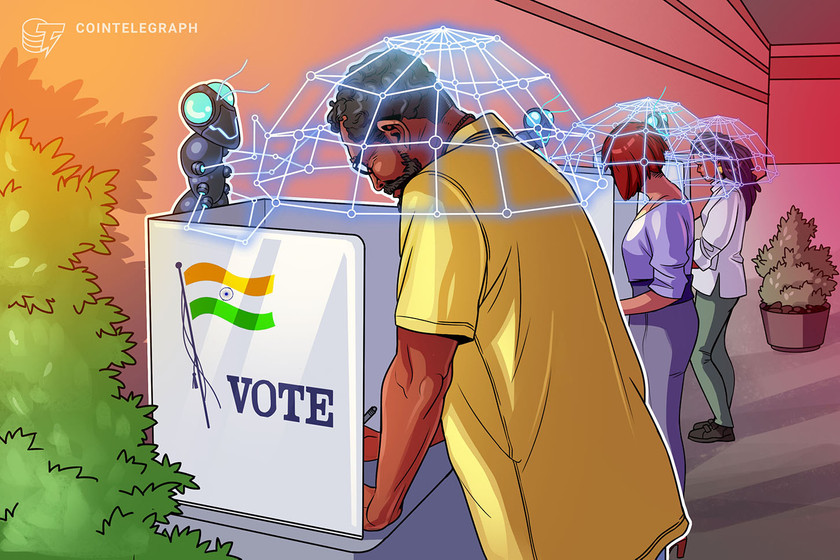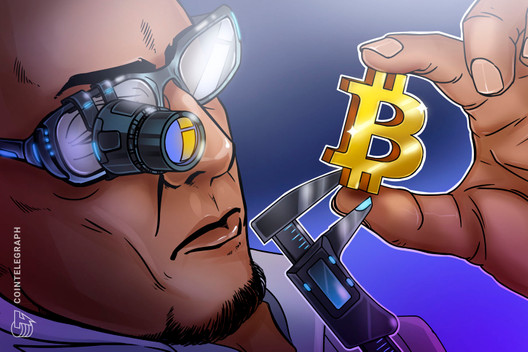Christopher Giancarlo, chairman of the United States Commodity Futures Trading Commission (СFTC), has said that blockchain would have transformed regulators’ real-time responses to the the 2008 global financial crash, if it had been in use at the time. Giancarlo made his remarks during the 4th Annual DC Blockchain Summit in Washington D.C. on March 6.
In his speech, Giancarlo drew on his personal experience as executive vice president at brokerage giant GFI Group — which, in 2008, as he noted, operated one of the world’s largest trading platforms for credit default swaps (CDS), “then the epicenter of systemic risk.” He recalled the panic and disorder on the GFI broker floor, as the global credit crisis cascaded out of control:
“I remember a call from a U.S. bank regulator asking about CDS trading exposure of several major banks, including Lehman Brothers. In fact, trading conditions were deteriorating by the hour. It was clear that the regulator had little means, short of telephone calls, to read all the danger signals that the CDS markets were broadcasting.”
Blockchain technology, Giancarlo said, would have provided a “golden record of the real-time ledgers of all regulated trading participants,” and prevented the convoluted fashion in which regulators struggled to maintain orderly markets at the peak of systemic failure.
Ahead of the advent of real-time distributed ledgers, he said, regulators were “forced to assemble piecemeal data to recreate complex, individual trading portfolios,” manually calling around to brokerage firms such as GFI to glean market information. He thus stated:
“What a difference it would have made a decade ago if blockchain technology had been the informational foundation of Wall Street’s derivatives exposures. At a minimum, it would certainly have allowed for far prompter, better-informed, and more calibrated regulatory intervention instead of the disorganized response that unfortunately ensued.”
Giancarlo further noted that blockchain, in conjunction with “modern cognitive computing capabilities,” could have allowed regulators to swiftly identify the patterns and red flags signaling an intensified risk of bank failure, such as “anomalies in market-wide trade activity and diverging counterparty exposures.”
Such technologically-enhanced insight, he suggested, would have revealed that “the $400 billion notional of outstanding credit default swaps written on Lehman Brothers represented under $8 billion in net market exposure to failure of the firm.”
As reported, Giancarlo’s remarks have been echoed by the former vice president of North American investment banking at JPMorgan Chase, who similarly concluded from personal experience that blockchain may “be the key to avoiding the next global financial crisis.”









